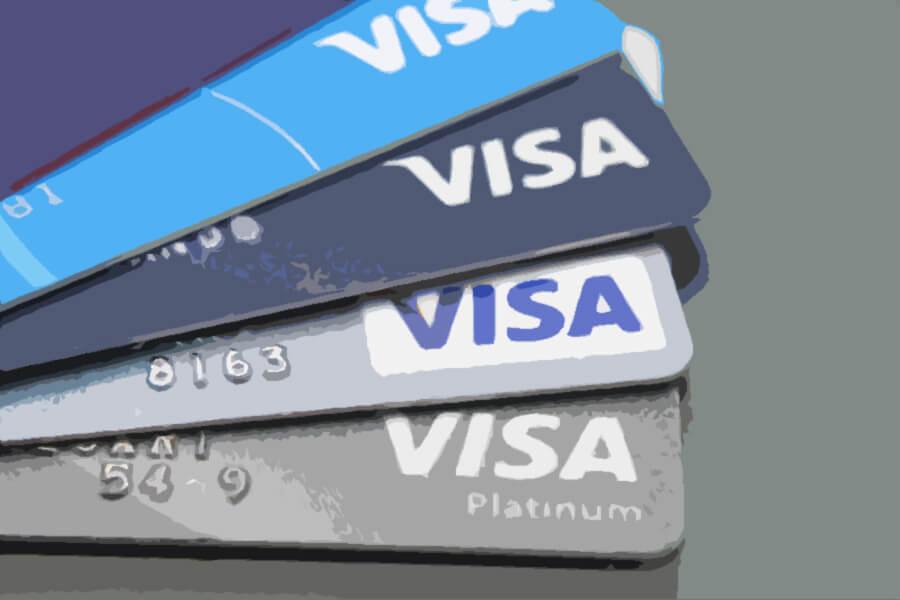It has often been said that mainstream adoption of cryptocurrencies can be attained through an integration with the payment systems that people are already familiar with. Recent reports indicate that Visa understands this concept, given the fact that the company has announced that they are working towards integrating digital currencies with their payment network.
In a recent blogpost, Visa has stated that alternative means of payment, such as fiat-backed stablecoins, have the potential of revolutionizing the world’s payment systems. According to the company, “We’re reshaping how money moves across the globe, and that means pursuing a broad array of technologies and partnerships. In that regard, digital currencies offer an exciting avenue for us to continue doing what we do best: expanding our network-of-networks to support new forms of commerce”.
Most reports on the matter seem to suggest that the presence and popularity of stablecoins is rapidly increasing. Cryptocurrency enthusiasts may argue that the market should not focus on stablecoins and central bank-backed digital currencies, but rather on decentralized cryptocurrencies whose value is determined by economic laws, such as supply and demand.
Luckily, it seems that Visa is open to all types of digital currencies. In fact, the company has mentioned that over 25 crypto wallets have partnered up with the card-based payment processor. Thus, users of these wallets are given the possibility to instantly pay via cryptocurrencies by using their debit cards. Visa has also talked about how it’s actively pursuing integration with alternative payment methods, in an effort to promote fintech.
Indeed, it goes without a doubt that its best to use cryptocurrencies directly, without the involvement of a third party. This ensures that a person’s funds are neither tracked, or subject to additional payment processing fees. However, this is a middle-ground solution to using digital currencies when making daily life purchases. Certainly, having an array of choices when it comes down to spending your crypto is great news – yet, P2P usage of digital currencies should not be left behind.
As the fintech market continues to advance, merchants and payment processors will have to adapt to the new forms of money that are preferred by society.
